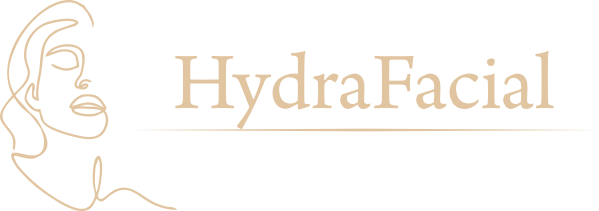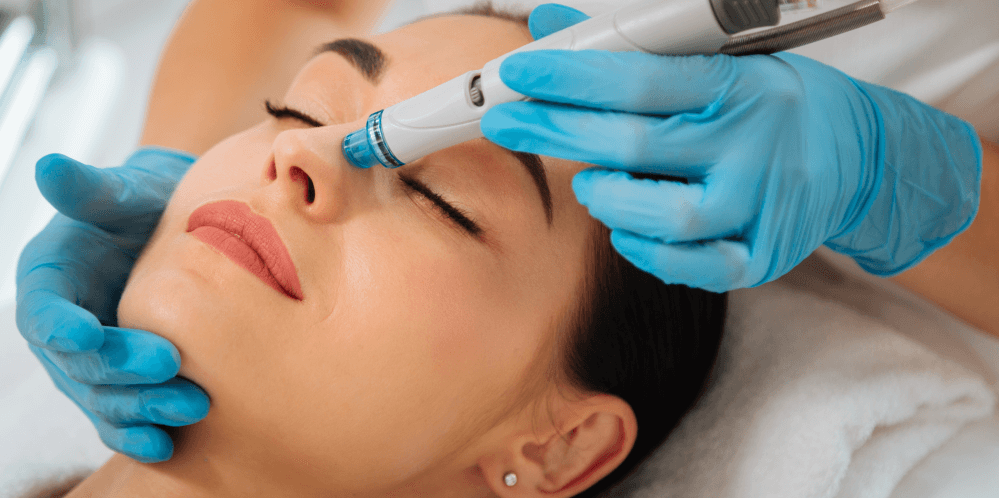A HydraFacial is a patented skin treatment available in medical spas and dermatology offices. It’s also sometimes called “hydradermabrasion” because it involves microdermabrasion-like exfoliation paired with hydrating serums.
Known for its three-step process, the HydraFacial works to deep-clean, exfoliate, and hydrate your skin. This professional procedure may help treat a variety of skin conditions, including acne, dryness, and wrinkles.
The noninvasive procedure is similar in principle to a regular facial you might get from a spa but is said to provide more dramatic results. This is achieved by a mechanized wand used on your skin to deeply clean and exfoliate while delivering serums customized to your skin type.
The HydraFacial is said to help improve overall skin texture, tone, and appearance. This is due to the deep exfoliation that cleans your pores, removing debris and allowing for better penetration of face serums tailored to your skin type.
HydraFacial for acne
Currently, there are no clinical studies highlighting the benefits of the HydraFacial for acne.
However, microdermabrasion techniques have long been considered effective for treating both acne and acne scars. This is likely due to the deep exfoliation that helps remove pore-clogging skin cells.

